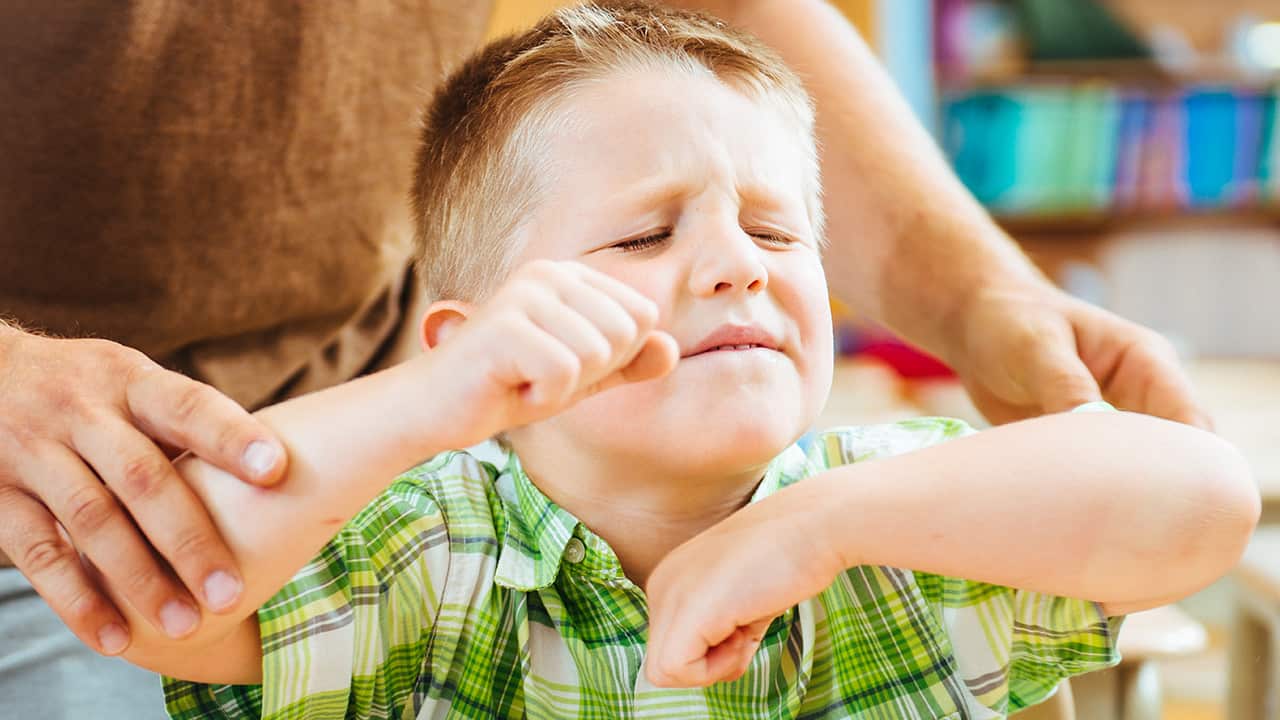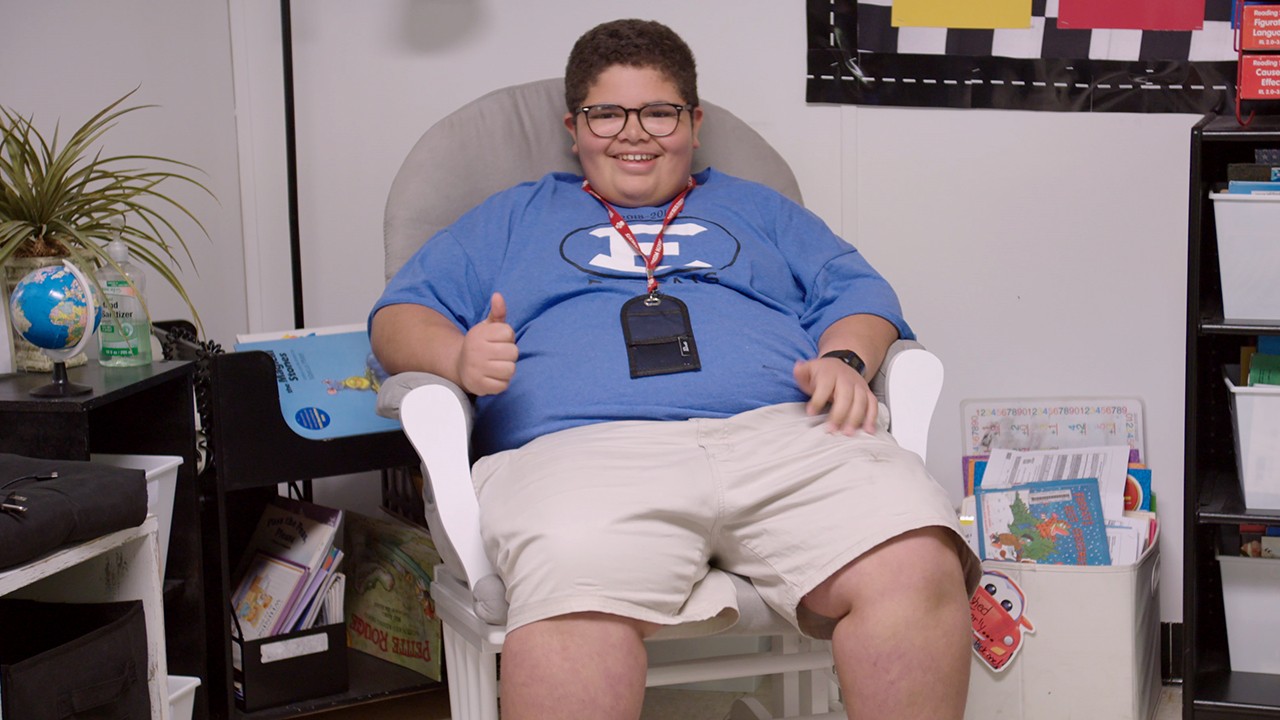Target Specific Behaviors
Unique learners often have multiple behaviors they are learning at the same time. This can make it difficult for learners to associate the reinforcement with a specific behavior. To make the distinction clear for the learner, pick one or two behaviors to focus on a time. Create a plan to reinforce those behaviors and make sure that everyone working with that learner knows which behaviors are being targeted and how to reinforce them. Since behavior is constantly being reinforced, it is important that the learner is being reinforced the same way in all environments.
Examples:
- Create a reinforcement “cheat sheet” for the learner and share it with the team.
- Prioritize disruptive and/or dangerous behaviors to target over others.
Behavior-Specific Praise
Verbal praise should accompany all reinforcement, whether a tangible reward or an activity. When applying reinforcement, be specific about pointing out to the student what they did. This helps them make the connection between their own behavior and the reinforcement and it helps teachers avoid running into the common trap of repeating the same phrase. Often, teachers will revert to “good job” when giving praise; using specific language helps the learner make better associations between the good behavior and reinforcing language.
Examples:
- “Thank you for raising your hand.”
- “Good job sitting in your seat.”
- “I like how you are quietly doing your work.”
Student-Selected Reinforcement
In order for positive reinforcement to be effective, it is important to understand what motivates the learner. Every student has their own interests and preferences. Filling out a simple questionnaire on their interests or observing what the learner plays with can be helpful when creating a plan for positive reinforcement for a specific learner. Further, creating a choice board so that they can pick their own reward beforehand is a great way to promote self-advocacy and communication skills.
Examples:
- “It is time for math class. What do you want to work for?”
- “We have free time coming up. What do you want to play with? Ok, great, let’s work hard and use quiet voices during calendar.”
- Unique Learning System’s GPS feature includes its own interest survey with symbol support.
Rate of Reinforcement
The rate of reinforcement refers to how often a learner is being reinforced throughout the day. This rate is often tracked through the number of minutes or hours between reinforcement. A common issue for learners, especially younger ones or those learning new skills, is that they are not being reinforced at a fast enough rate. There is not a standard to follow when deciding on the rate of reinforcement, but it is helpful to consider the age and ability level of the learner as well as the level of difficulty of the behavior.
Examples:
- Younger students usually need more frequent, smaller reinforcements. These might include working for stickers on a chart, getting a high five for sitting in their chair, or getting to play with a toy for a minute after calendar time.
- Older students can be given larger reinforcements less frequently, such as earning bonus technology time for completing all their work throughout the day or receiving a special treat for good behavior at the end of the week.
Fading Tangible Reinforcement
Tangible reinforcements like food, technology time or tokens are typically most effective when teaching a new behavior or skill. It is important to fade them out in favor of more natural forms of reinforcement like social praise and teacher attention. Many learners are not initially reinforced by social means but can gradually learn to value it. To help a learner make this leap, pair each tangible reinforcement with verbal praise and then slowly increase the verbal praise and decrease the tangible reinforcement.
Examples:
- “Great job, now you can go on the computer.”
- “Way to go! Here is your blue car.”
If all five of these factors are considered, positive reinforcement can work effectively to help change behavior and increase learning. Keep in mind that all reinforcement needs to occur after the learner’s behavior occurs. The reinforcement is happening because the learner is doing something well. In order for it to be effective, they have to be able to connect the reinforcement with their prior behavior. At the onset, it can be difficult to teach the behavior-reinforcement system but with practice, positive reinforcement becomes second nature and will fit seamlessly into everyday teaching.



